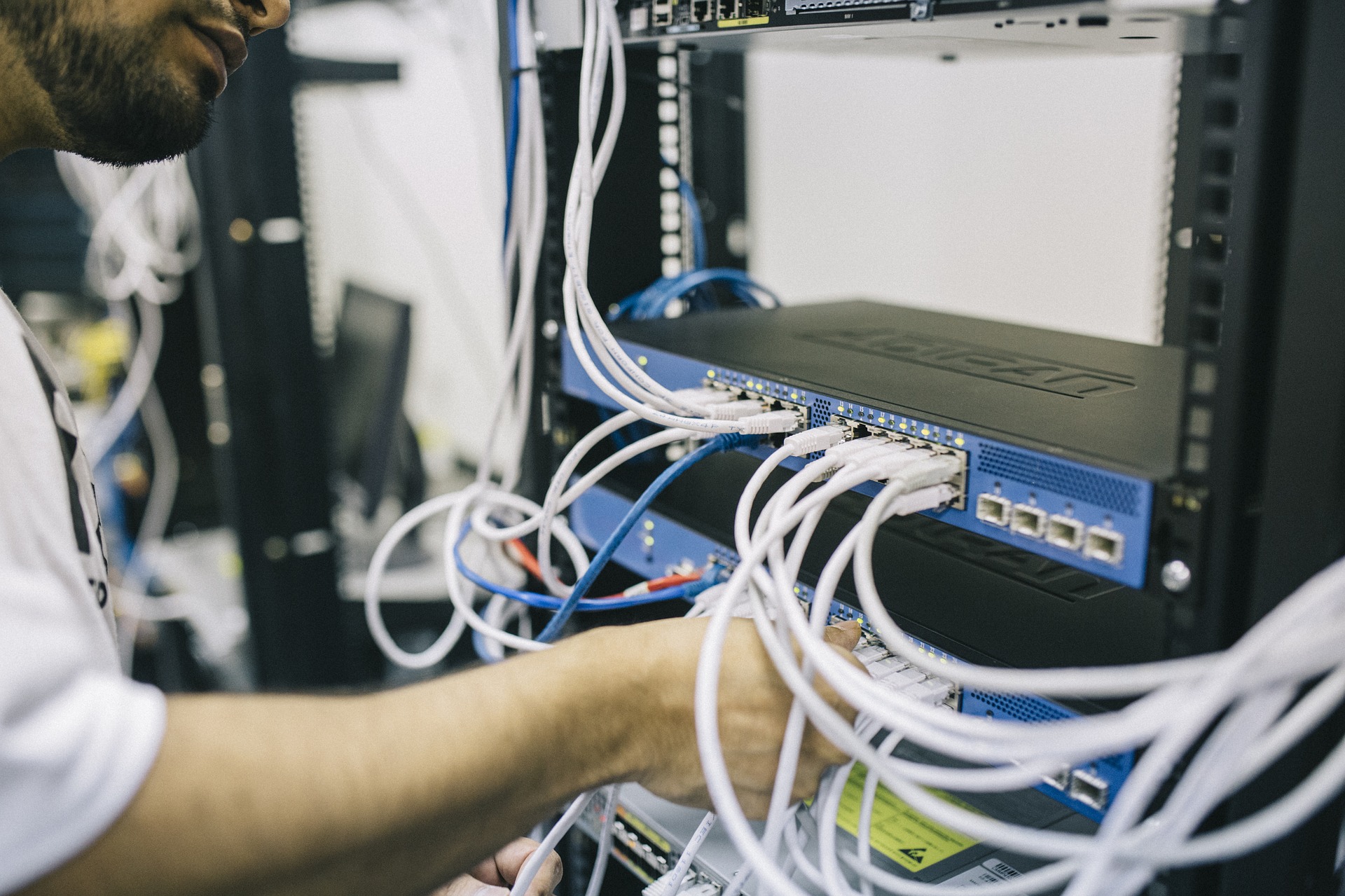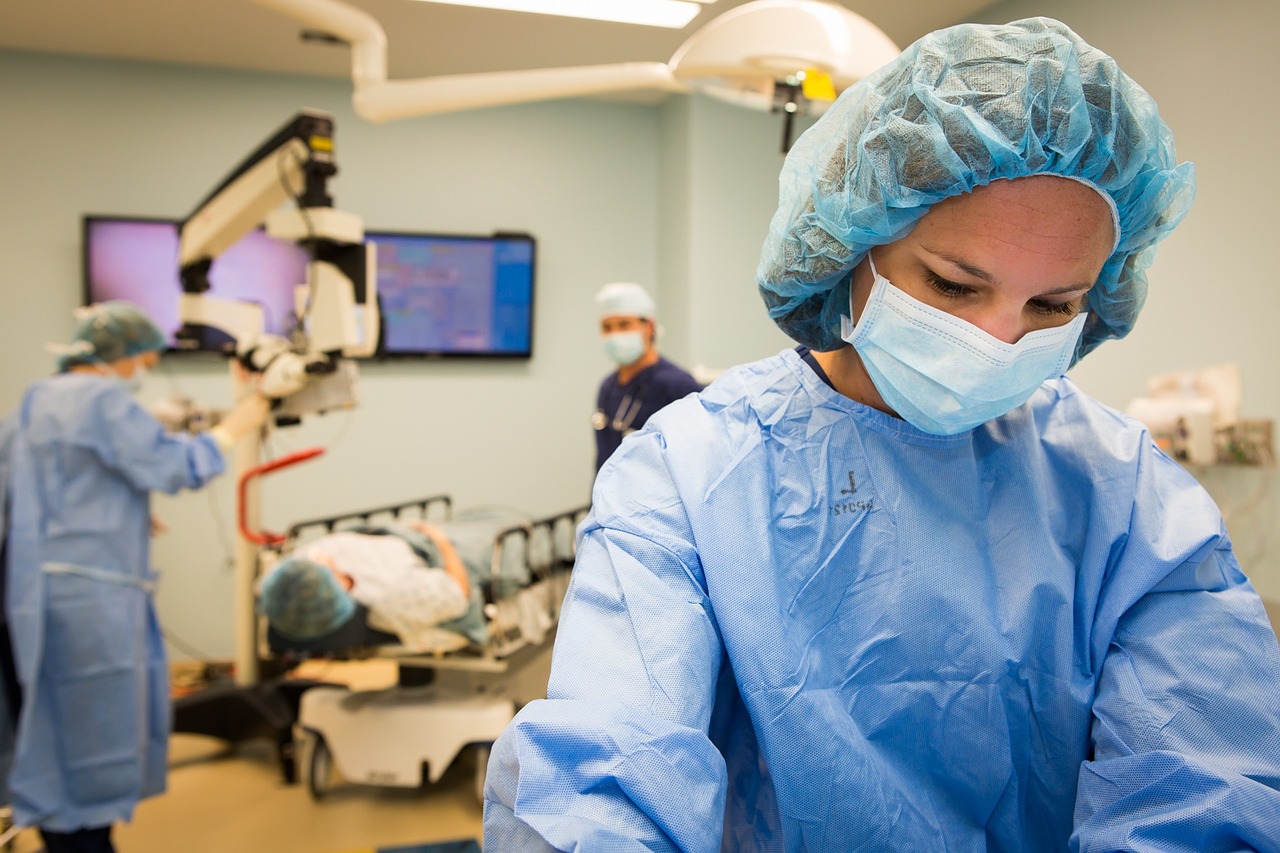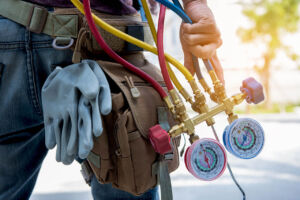Are you interested in becoming a medical assistant and want to know more about your duties in a hospital, doctor’s office, or other medical facility? This article will break down the responsibilities of a medical assistant into clinical and clerical sections. By the end of the article, you will understand what a medical assistant does and what you will learn in CyberTex’s Medical Assistant program.
What Does a Medical Assistant Do?
Medical assistants perform both clinical and clerical duties, from greeting patients to performing blood draws.
The clinical duties of a medical assistant role include:
Greeting and Rooming Patients
Medical assistants greet patients in the waiting room and then escort them to exam rooms, where they make them comfortable. The medical assistant completes recordkeeping tasks in the exam room, such as reviewing health history and updating medical records. This allows the physician to focus on the patient’s health rather than clerical duties.
Taking Vital Signs
Taking vital signs is the first step in the physical exam process. Medical assistants measure the patient’s temperature, blood pressure, pulse rate, respiratory rate, and peripheral oxygen saturation. The results help doctors evaluate symptoms and make better clinical decisions.
Collecting Lab Specimens
Medical assistants collect and prepare blood, urine, sputum, and stool specimens for testing. This includes drawing blood, processing samples, and shipping them to an appropriate laboratory.
Infection Control
Medical facilities can harbor contagious pathogens. Medical assistants ensure everyone is safe by maintaining a sanitary environment. This includes sterilizing equipment, disinfecting exam rooms, disposing of medical waste, and following infection control protocols.
Assisting with Procedures
Medical assistants assist physicians with procedures, including ear drainage and skin biopsies. Responsibilities include preparing equipment, passing instruments, and monitoring patients for comfort and safety. A medical assistant can also manage routine aftercare, such as minor bandage changes and suture removal.
Performing Diagnostic Tests
Medical assistants can do many tests. Examples include EKGs, pacemaker checks, blood glucose monitoring, urinalysis, and urine pregnancy screens. Test results are sent to the physician for interpretation. However, the medical assistant may note abnormalities for the physician’s review.
Patient Education
It is the doctor’s responsibility to give medical advice. However, medical assistants support the doctor’s efforts by providing patients with information about their conditions, treatment plans, and medication instructions. Medical assistants also review the pre- and post-procedure instructions that make treatments more effective.
The clerical duties of a medical assistant include:
Appointment Scheduling
Medical assistants manage the physician’s schedules, make appointments, and register patients for exams and procedures. They must schedule so that doesn’t keep patients waiting too long but fully utilize the doctor’s resources.
Reception and Hospitality
Medical assistants greet patients, answer phone calls, and provide general information. They handle routine inquiries while directing patients’ clinical questions to the appropriate provider. Medical assistants are the ambassadors of first impressions, ensuring that guests’ needs are met while waiting for their appointments.
Insurance Verification
Medical assistants help billing specialists confirm the patient’s insurance coverage at check-in, verifying policy numbers and carrier contact information. Working with billing specialists and clinical staff, they request pre-authorizations for procedures and help resolve pre-visit coverage-related issues.
Manage Electronic Health Records (EHR)
Medical assistants maintain complex paper and electronic recordkeeping systems. They keep documentation organized, accessible, and secure in compliance with regulations like the Health Insurance Portability and Accountability Act (HIPAA).
Billing and Coding
Medical assistants support billing specialists by participating in the billing process. They begin by preparing superbills and itemized checklists that summarize doctors’ services, including the corresponding diagnostic and procedural codes. They also help the billing department by collecting cash payments, reconciling credit card receipts, filling out insurance forms, and preparing invoices.
Inventory Management
Medical assistants manage the medical and office supplies inventory, contacting suppliers, and placing orders. They work with vendors to arrange deliveries, get the best price, and find adequate substitutions. Maintaining an accurate inventory is critical to controlling costs and running the medical facility smoothly.
General Office Procedures
Office management duties vary based on the size of the healthcare facility or medical practice. In a large office, medical assistants are assigned to a specific role, such as answering phones or supporting the billing department. Responsibilities in a smaller setting include general office tasks, such as filing, email responses, and sorting mail.
Want to Learn More?
The Medical Assistant Training Program at CyberTex Institute of Technology takes excellent care of you by providing hands-on training, practical experience, and the support it takes to get started in a medical assisting career without spending years in school. You will learn clinical and administrative skills and prepare to work in physician’s offices, hospitals, and other medical facilities.
Contact us today to learn more about our Austin and Killeen campuses.





